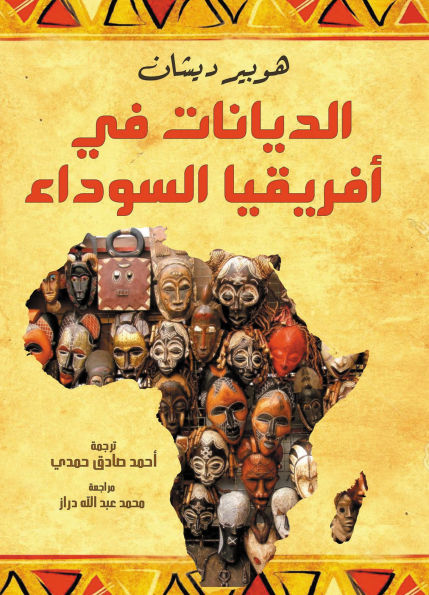Religions in Black Africa
The basic doctrine of Negro society (which is the belief in vital forces) and an explanation of the profound impact of this doctrine on the life of the individual and the tribal community, especially among the Bantu, Bambara, and Dogon tribes. The book talks about gods, worship, and the idea of existence, and the reader understands from it the perceptions of a man close to primitiveness about the existence of God and the origin of the universe. The author paints a general picture of ancient and modern pagan religions, and from it the reader comes away with a clear idea of the strong interrelation between the living and the natural dead, an interrelation in which man appears not as the center of the universe, but rather as an incidental image in the grand picture of the universe. The book deals with the heavenly religions, in two chapters: the first: on Islam, the extent of its spread, and the means of its spread. The reader concludes that the majority of its preachers were Moroccans, and that its spread was often not by means of violence, but through peaceful, quiet evangelism from one group to another. The second: on Christianity and the methods of its spread, so Christianity It did not spread rapidly until the colonial armies and groups of exploiters entered. The missionaries there performed great services in spreading religion, education, and health among the dense forests and wet areas. The stifling heat.
1146557034
Religions in Black Africa
The basic doctrine of Negro society (which is the belief in vital forces) and an explanation of the profound impact of this doctrine on the life of the individual and the tribal community, especially among the Bantu, Bambara, and Dogon tribes. The book talks about gods, worship, and the idea of existence, and the reader understands from it the perceptions of a man close to primitiveness about the existence of God and the origin of the universe. The author paints a general picture of ancient and modern pagan religions, and from it the reader comes away with a clear idea of the strong interrelation between the living and the natural dead, an interrelation in which man appears not as the center of the universe, but rather as an incidental image in the grand picture of the universe. The book deals with the heavenly religions, in two chapters: the first: on Islam, the extent of its spread, and the means of its spread. The reader concludes that the majority of its preachers were Moroccans, and that its spread was often not by means of violence, but through peaceful, quiet evangelism from one group to another. The second: on Christianity and the methods of its spread, so Christianity It did not spread rapidly until the colonial armies and groups of exploiters entered. The missionaries there performed great services in spreading religion, education, and health among the dense forests and wet areas. The stifling heat.
9.99
In Stock
5
1

Religions in Black Africa
201
Religions in Black Africa
201
9.99
In Stock

Product Details
| ISBN-13: | 9789779914138 |
|---|---|
| Publisher: | ????? ??????? ??????? |
| Publication date: | 11/11/2024 |
| Sold by: | Bookwire |
| Format: | eBook |
| Pages: | 201 |
| File size: | 1 MB |
| Age Range: | 16 - 18 Years |
| Language: | Arabic |
From the B&N Reads Blog
